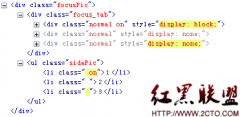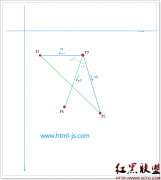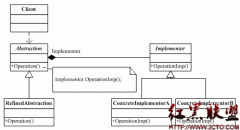Script Encoder :asp代码加密
SCRENC [/s] [/f] [/xl] [/l defLanguage ] [/e defExtension] inputfile outputfile
Argument
Description
/s
Optional. Switch that specifies that the script encoder is to work silently; that is, produce no screen output. If omitted, the default is to provide verbose output.
/f
Optional. Specifies that the input file is to be overwritten by the output file. Note that this option destroys your original input source file. If omitted, the output file is not overwritten.
/xl
Optional. Specifies that the <@language> directive is not added at the top of .asp files. If omitted, the <@language> directive is added for all .asp files.
/l defLanguage
Optional. Specifies the default scripting language (JScript or VBScript) to use during encoding. Script blocks within the file being encoded that do not contain a language attribute are assumed to be of this specified language. If omitted, JScript is the default language for HTML pages and scriptlets, while VBScript is the default for ASP. For plain text files, the file extension (either .js or .vbs) determines the default scripting language.
/e defExtension
Optional. Associates the input file with a specific file type. Use this switch when the input file's extension doesn't make the file type obvious; that is, when the input file extension is not one of the recognized extensions, but the file content does fall into one of the recognized types. There is no default for this option. If a file with an unrecognized extension is encountered and this option is not specified, the script encoder fails for that unrecognized file. Recognized file extensions are .asa, .asp, .cdx, .htm, .html, .js, .sct, and .vbs.
inputfile
Required. The name of the input file to be encoded, including any necessary path information relative to the current directory.
outputfile
Required. The name of the output file to be produced, including any necessary path information relative to the current directory.
--------------------------------------------------------------------------------
Figure 3 Encoding a Page
Public Sub EncodePage()
' Sample encoder
' Andrew Clinick Jan 1999
' Obviously this code could do with some error trapping etc
' but it should give you the basics to get started
Dim strHTML As String
' Get the Frontpage document
Dim mydoc As FPHTMLDocument
' Create a new instance of the scripting.encoder object
Dim myEncoder As New Scripting.Encoder
' Get the current active document
Set mydoc = ActiveDocument
' Get the HTML for the active document
strHTML = mydoc.DocumentHTML
' Call the encodescriptfile method with the HTML
strHTML = myEncoder.EncodeScriptFile(".htm", strHTML, 0, "")
' Set the documentHTML to be the return HTML with encoded script
mydoc.DocumentHTML = strHTML
' We're done!
End Sub
相关新闻>>
- 发表评论
-
- 最新评论 进入详细评论页>>





